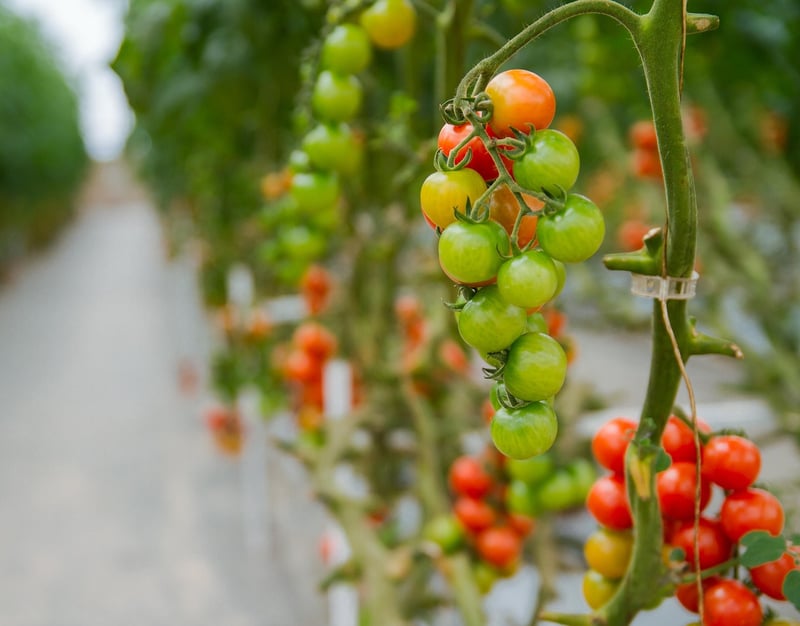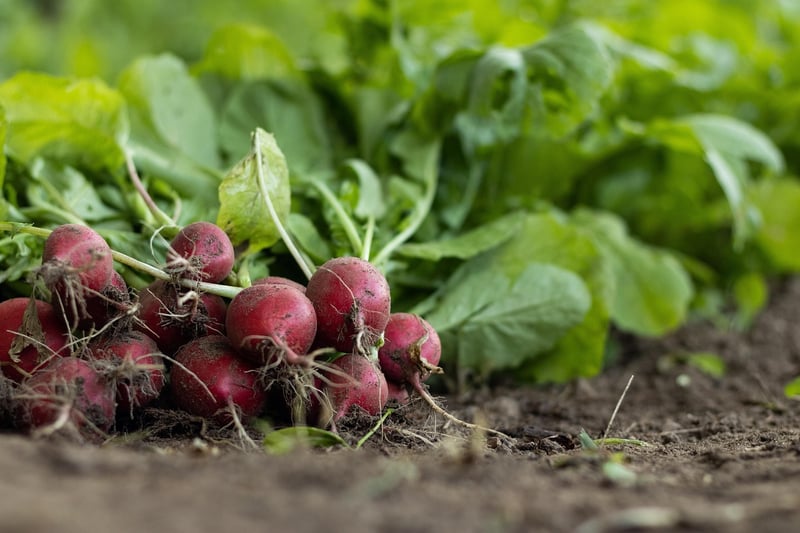Urban Agriculture
The Rise of Urban Agriculture: Exploring Innovative Farming Methods
Urban agriculture is a growing trend that involves cultivating, processing, and distributing food in and around urban areas. With the increasing population and limited availability of arable land, innovative farming methods have become crucial to meet the demand for fresh produce in cities. Let's delve into some of the cutting-edge techniques that are revolutionizing urban agriculture.
Vertical Farming

Vertical farming involves growing crops in vertically stacked layers, often in controlled environments like skyscrapers or shipping containers. This method maximizes space utilization, reduces water usage, and allows for year-round crop production.
Aquaponics

Aquaponics combines aquaculture (fish farming) with hydroponics (soil-less plant cultivation). Fish waste provides nutrients for plants, and the plants filter the water for the fish. This symbiotic relationship results in a sustainable and efficient system for producing both fish and vegetables.
Rooftop Farming

Rooftop farming involves growing food on the rooftops of buildings. It utilizes underutilized space in cities to create green roofs that provide insulation, reduce heat absorption, and produce fresh food. Rooftop farms can also help combat the urban heat island effect.
Hydroponics

Hydroponics is a method of growing plants without soil, using nutrient-rich water solutions. This technique allows for precise control over plant nutrition and growth conditions, leading to faster growth rates and higher yields compared to traditional soil-based farming.
In conclusion, urban agriculture and innovative farming methods are reshaping the way we produce food in urban environments. By embracing these cutting-edge techniques, we can create sustainable, resilient, and local food systems that benefit both urban communities and the environment.
References:
